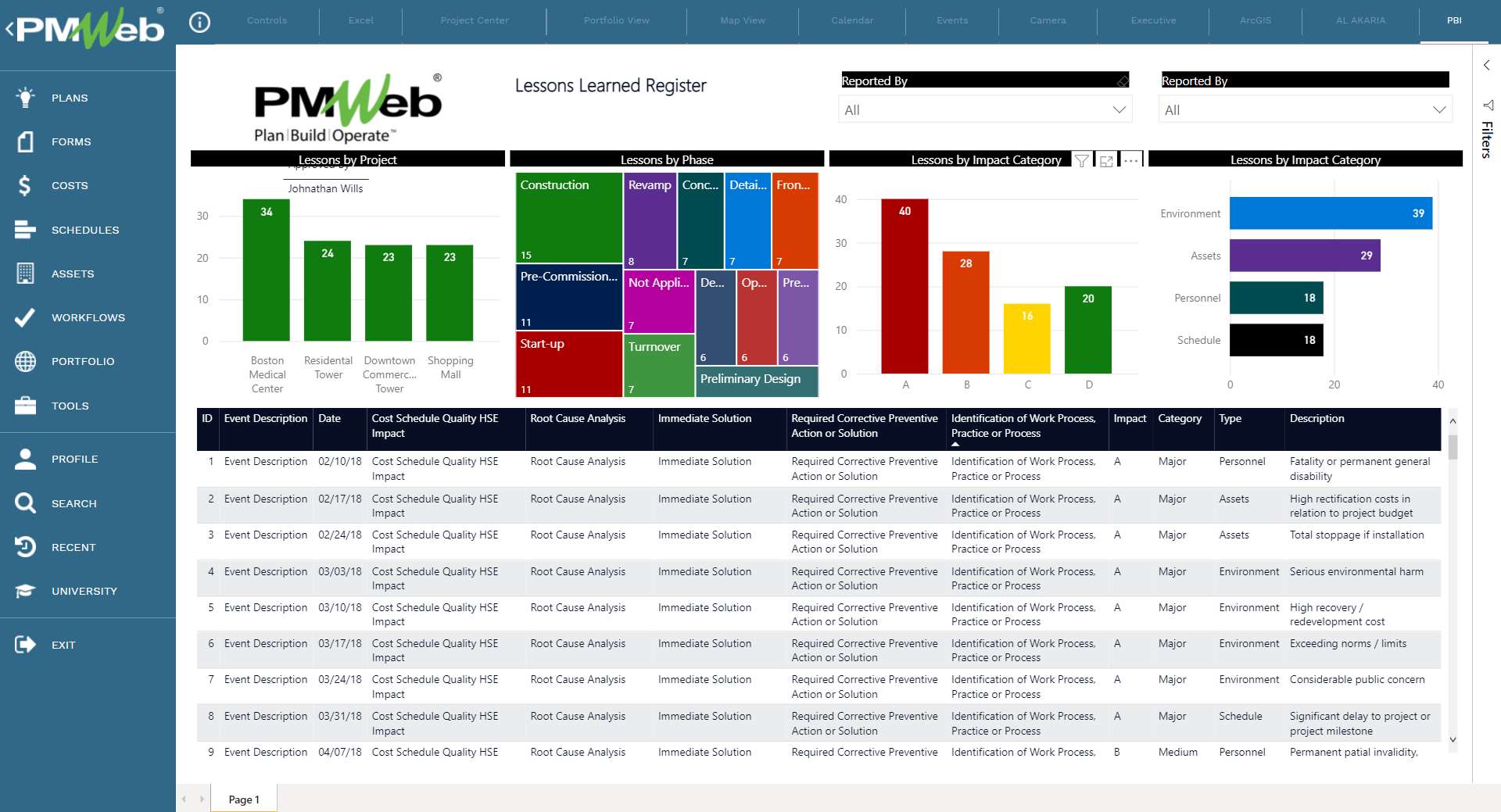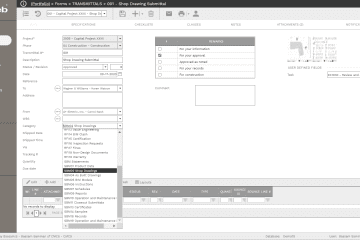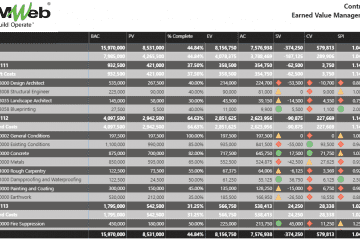The purpose of the Post Project Review (PPR) is to review the completed project and find lessons learned on what went well and what could be done better. It is intended to promote collaboration and agreement on what and why there were advantages and disadvantages to doing things a certain way. Usually, the PPR should take place between one to two months after completion. The Post Project Review has four stages: A pre-workshop questionnaire to be sent to the attendees; a post project review workshop; a post project review report; and the lessons learned log updated.

Using Project Management Information Systems (PMIS) like PMWeb, the project management team can improve the Post Project Review (PPR) process. PMWeb custom form builder allows the creation of the Pre-Workshop Questionnaire form which should encourage project participants to think about the significant issues of a project before the PPR workshop. For example, the questionnaire could include sections that are relevant to the project start up and design, procurement and construction and handover, operation, and user perspective phases. Each question in the form will be assessed using a scale of “4” where “1” is significant room for improvement, “2” is room for improvement, “3” is good, and “4” is very good.
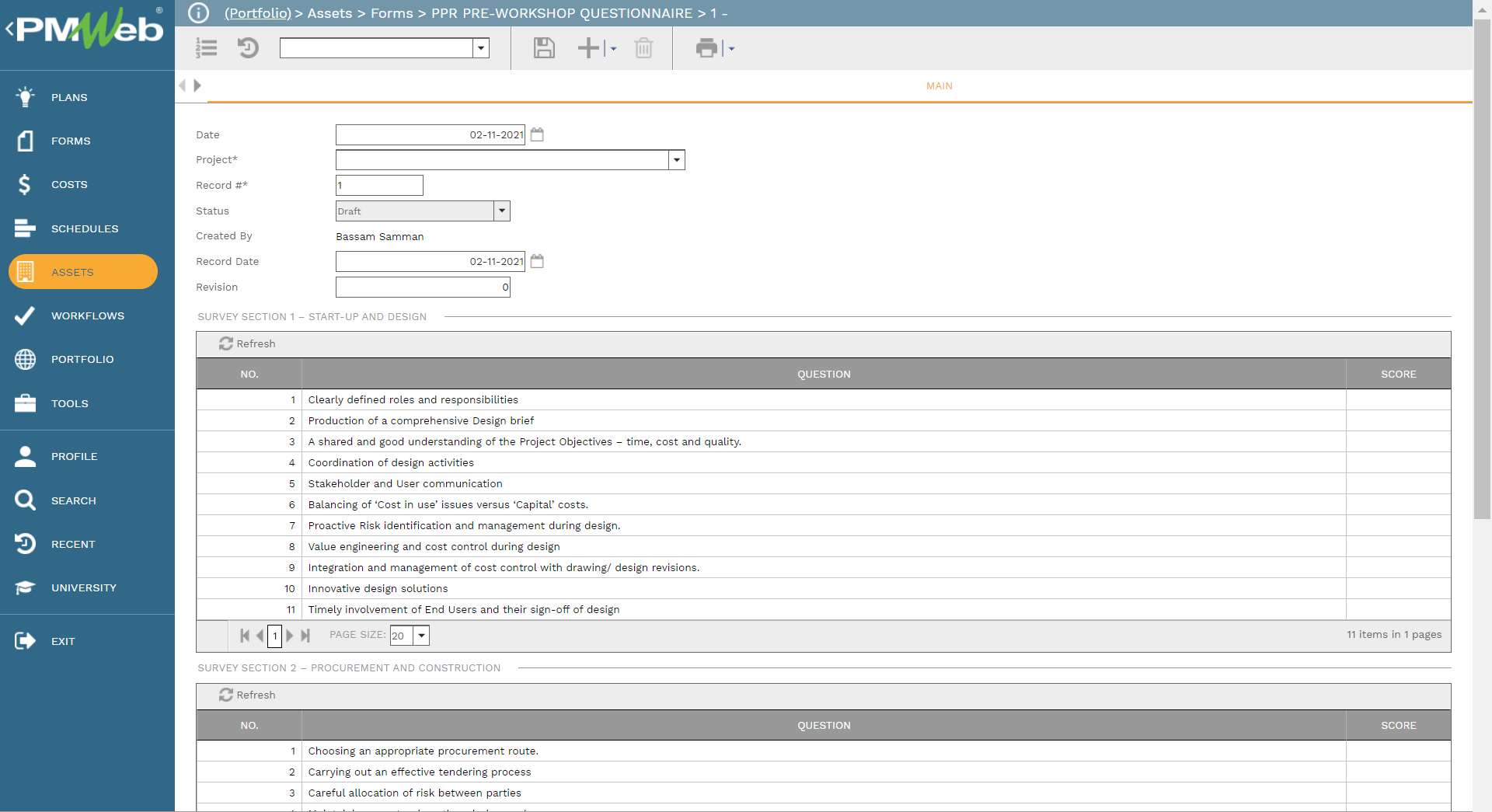
The workflow assigned to the pre-workshop questionnaire ensures that each participant receives a notification email to participate in the survey. When the survey is completed within the allotted time, the workflow returns the survey to the PPR workshop facilitator. It is recommended to have an independent PPR workshop facilitator who was not part of the project delivery team.
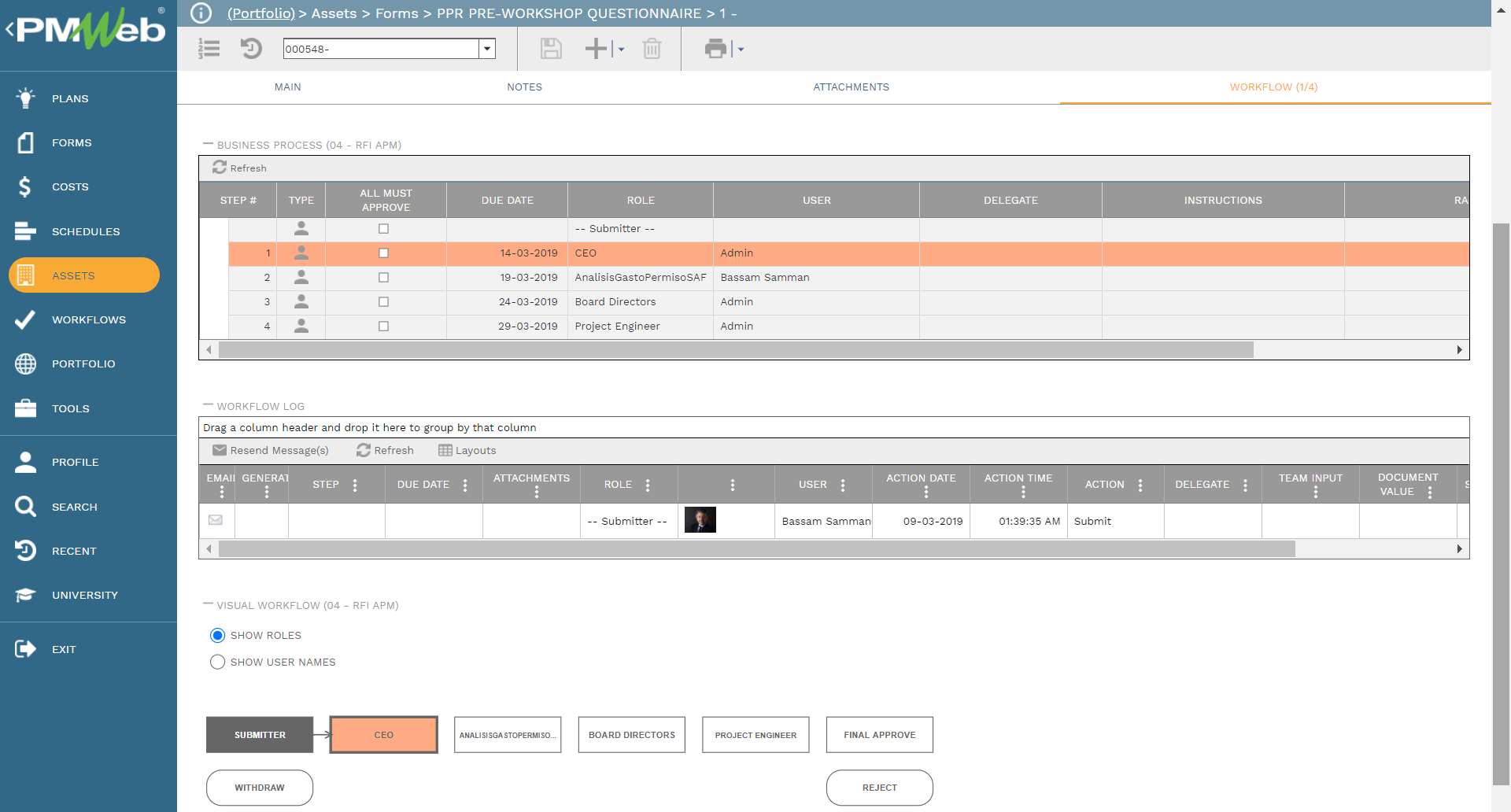
The results from the pre-workshop questionnaire get presented in the “Post Project Review Pre-Workshop Questionnaire Survey Results” report which will be one of the appendixes of the final Post Project Review report. The histogram displays the average score that each item in the survey has scored.

The PMWeb meeting minute module captures the details of the PPR workshop. The purpose of the PPR workshop is to review the completed project through the various stages from inception to completion and identify both successful and problem areas to provide a basis from which lessons learned may be applied to future projects. The attendees should include all key project stakeholders and project team members. The workshop agenda aligns with the questionnaire questions and concludes by having a compiled list of key lessons learned.

In addition, the workshop participants will be provided with a list of questions that are intended to form a basis for discussions within the workshop. The list of questions is intended to prompt discussion and identify both successful and unsuccessful aspects of the project during the different life cycle stages. Since those questions tend to be standard in nature, the PMWeb checklist module captures those lists and makes them available in the meeting minute module.

The identified successful or “Positive” areas and problem or “Do Different” areas during the PPR workshop will be captured in the Project Valuation form which will be also created using the PMWeb form builder. The form includes a separate table for each of the project’s three sections or life cycle stages, i.e. project start up and design, procurement and construction and handover, operation, and user perspective. Each table records the identified issues, whether each identified issue is considered positive or different, and the number of votes that the workshop participants considered each reported issue to be the most important. The top three issues that got the maximum votes should then discussed in greater detail to establish the lessons learned for each section.
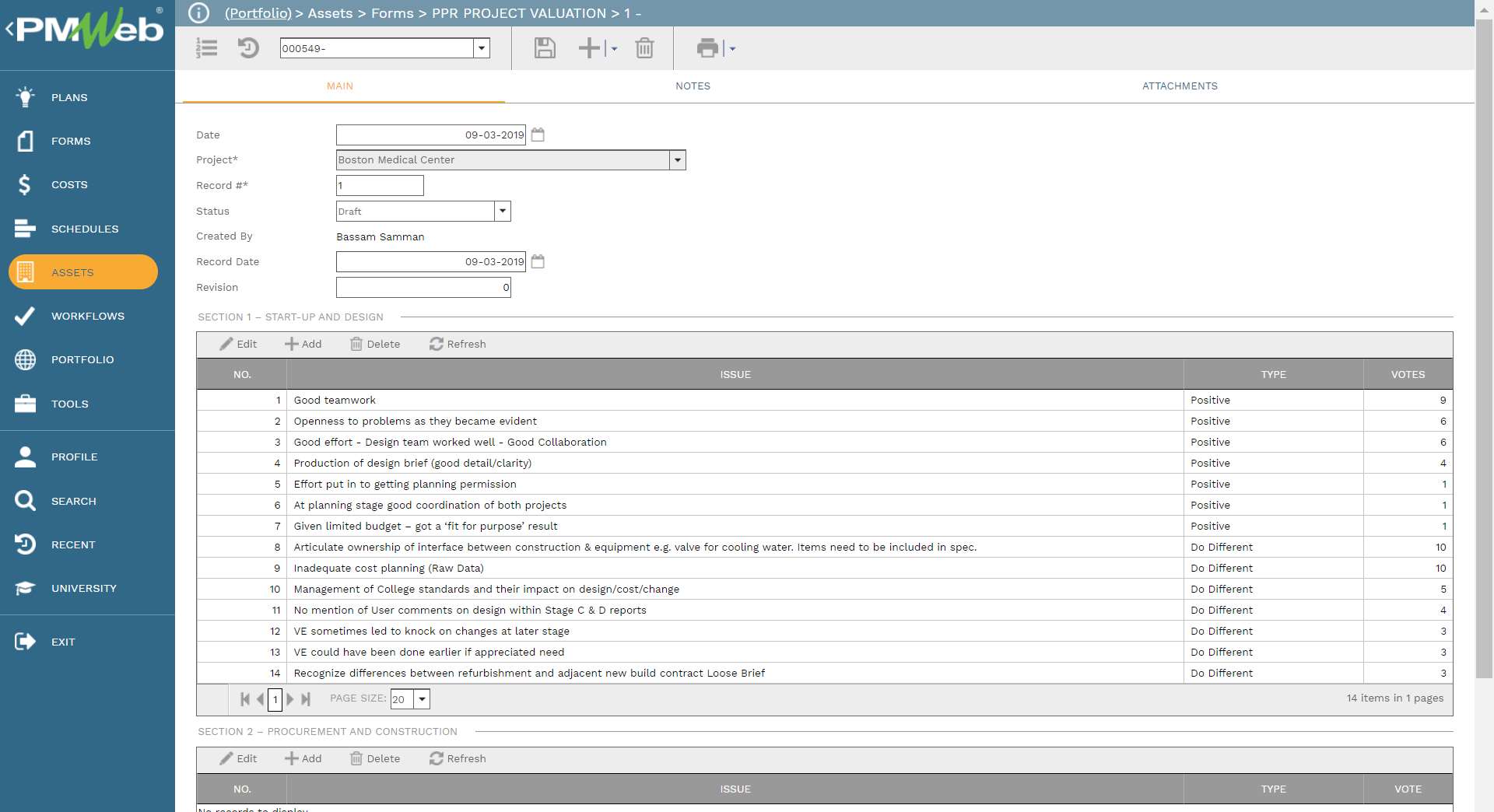
PMWeb custom form builder also allows the creation of the Key Lessons Learnt form. The form captures the project success aspects or what went well as well as the less successful aspects or what didn’t go that well and where there are areas for improvement. The captured lessons learned also groups into the three sections, or the project life cycle stages, of the project, start up and design, procurement and construction and handover, operation, and user perspective. For each captured lesson learned, the form table records the details for the key issue and impact, lesson learnt, and action that has been taken.
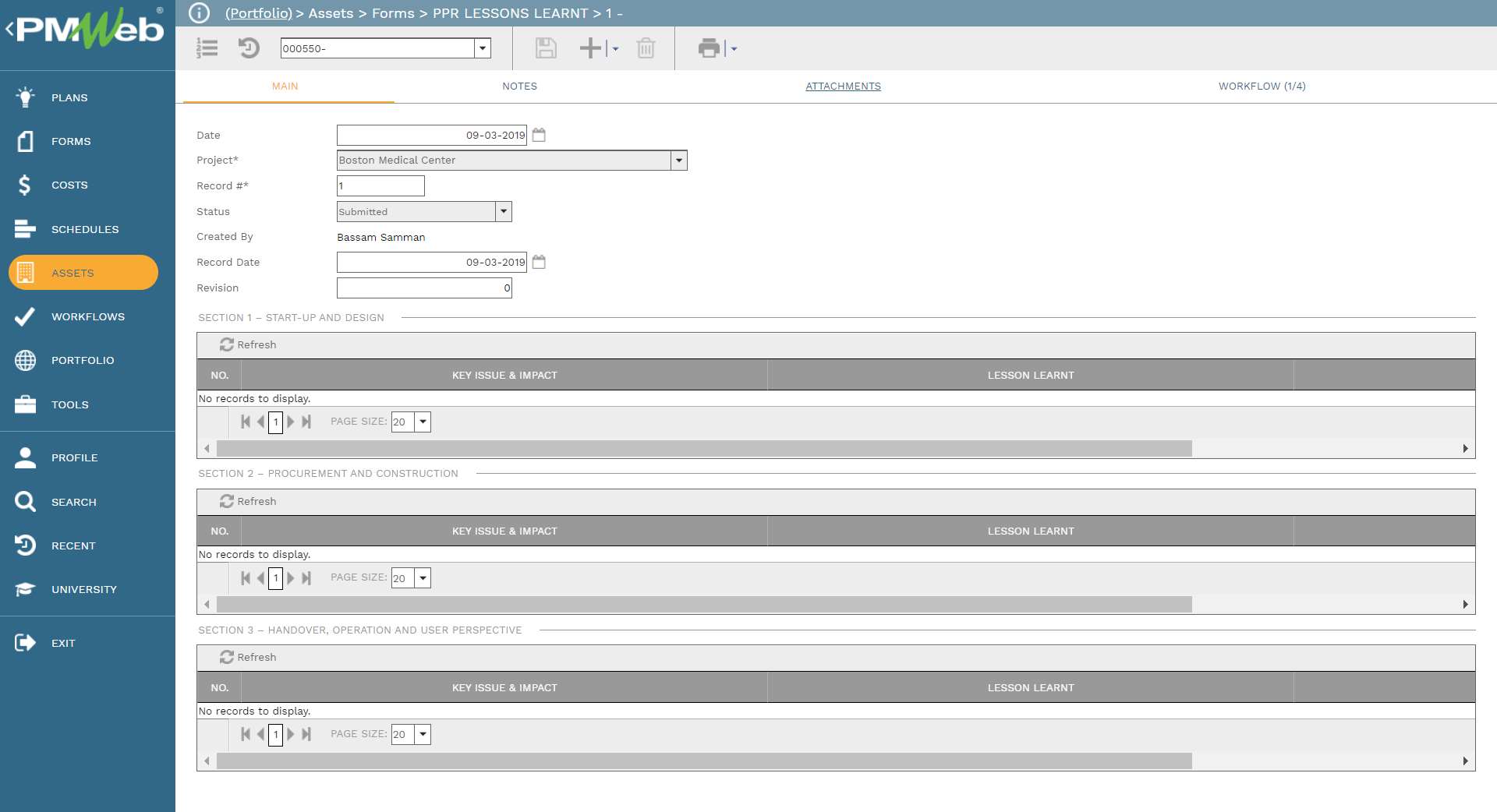
The workflow assigned to the Key Lessons Learnt form ensures that the reported lessons learned are formally approved and can be shared with the project team members and other stakeholders. In addition, this identifies if those lessons learned can help to populate the organization’s Lessons Learnt Log.

The Post Project Review Outcome Report collates the information from the Key Lessons Learnt, Project Valuation, and Pre-Workshop Questionnaire forms. In addition, it extracts the general project information for the PMWeb project module. The report provides a link to the PPR Workshop meeting minutes to view the list of participants and items discussed.
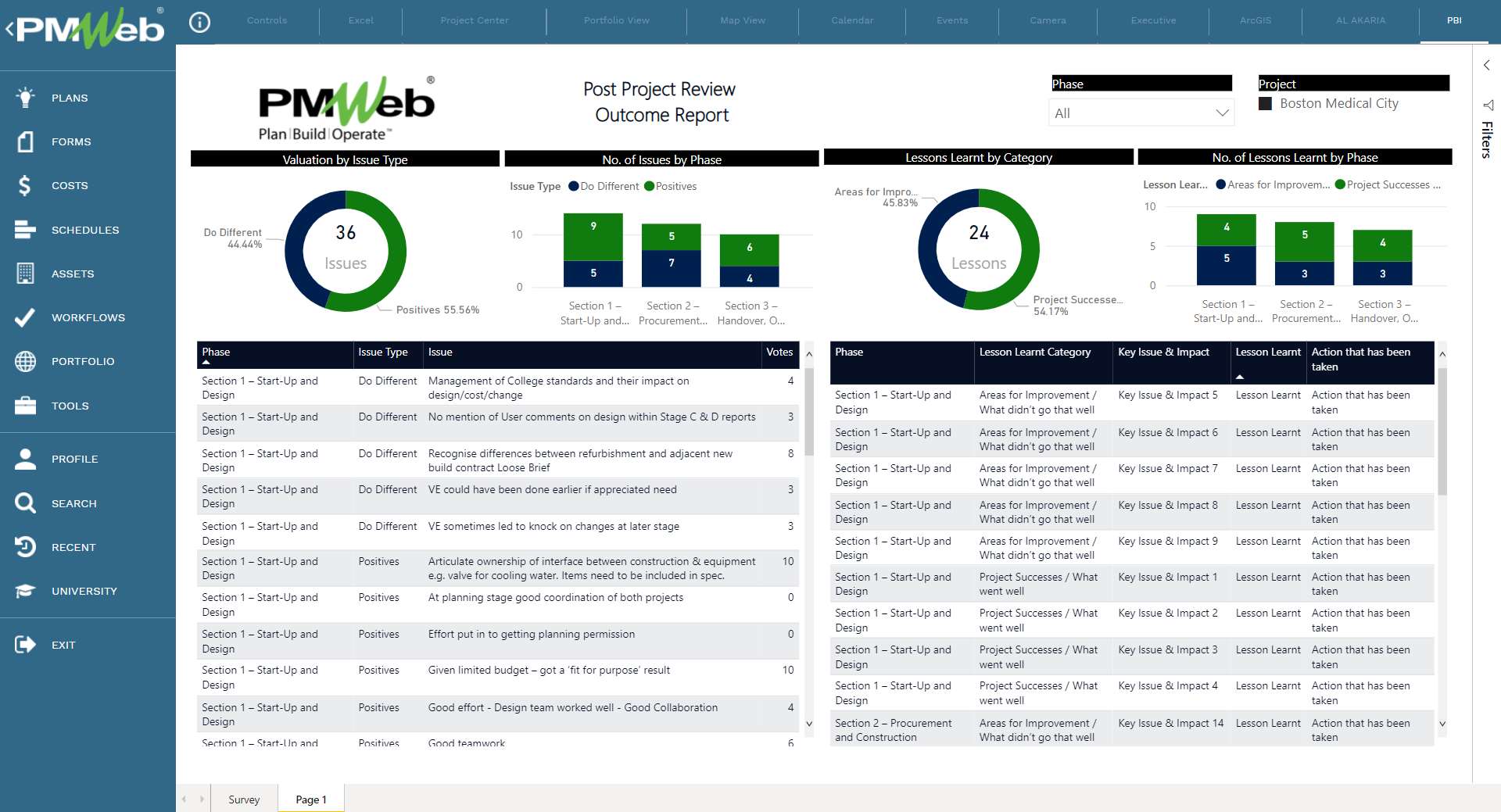
The information captured in the Key Lessons Learnt form helps to populate the Lessons Learnt Log which becomes available for the organization’s individuals who have a role in delivering the organization’s projects portfolio. The Lessons Learnt Log is a real-time report where it contains all lessons learned from previous post-project reviews.
